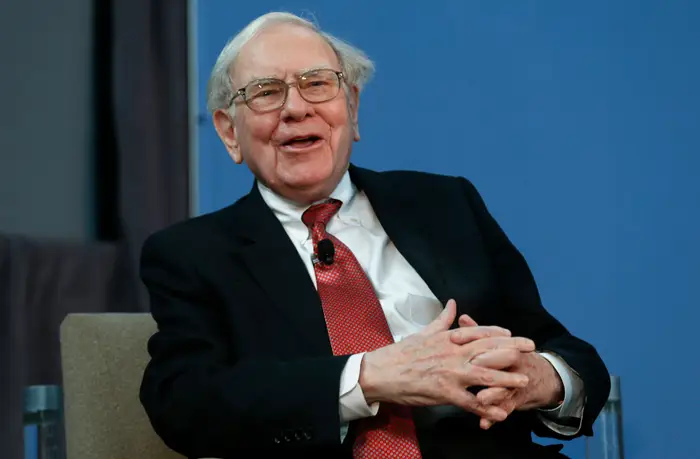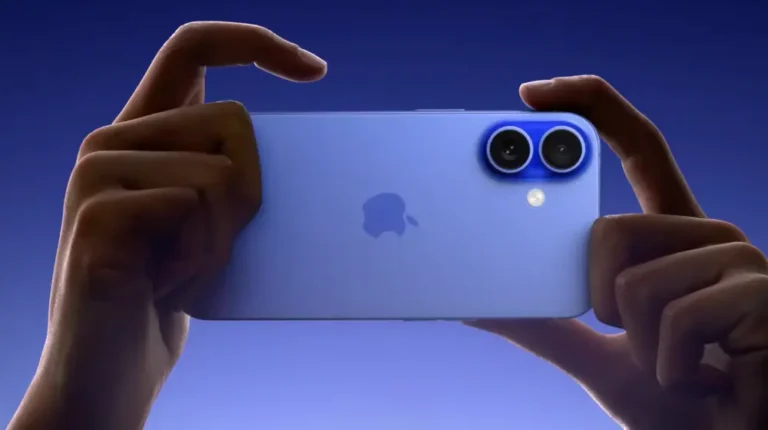Brands pouring money into film and TV content are the latest to demand more data sharing from streamers

- Brands are the latest to demand more data-sharing from streamers.
- They’re pouring more money into Hollywood-style entertainment but want streamers to share more data.
- An industry effort is underway to standardize measurement of brand films.
Brands are joining the chorus of content creators and producers demanding more audience data from Hollywood’s entertainment behemoths.
Blue-chip brands like Pepsi and Saint Laurent have been pouring money into filmed entertainment aimed at wide distribution as a strategy to reach ad-averse consumers — but companies are unsure if their investment is paying off.
Companies like Procter & Gamble — whose studio division has backed projects like HBO Sports docuseries “The Cost of Winning” — are used to granular data when it comes to measuring ad and marketing expenditures. However, the major streaming platforms provide little to no information about how many people are watching their content and who they are.
And, just as Hollywood producers and creators complain that a lack of data makes it difficult to know what’s a hit, it’s a major source of frustration for executives trying to justify the expense of brand-backed films to their CFOs, according to several such executives and their Hollywood connections.
“Brand people are under pressure from their higher-ups to show a direct connection to a purchase, getting new customers,” said Brian Newman, founder of Sub-Genre, which consults on content strategy for companies such as Unilever and REI. “That is the grail. The second question is, can you demonstrate that a large number of people watched it? Netflix does not release any figures. Even if you pay for the media, Hulu does not provide that information. Most platforms do not provide that information.”
Brands and their agencies rely on other metrics, some quantitative, some qualitative — typically a mix of things like critical reviews, social chatter, earned media, and sentiment — in the absence of transparency from the streamers.
REI Co-op Studios has supported films like Kyra Sedgwick’s “Space Oddity” to raise awareness of environmental issues. In the absence of viewer data from streamers, Paolo Mottola, REI’s director of brand marketing and content, looks at factors such as PR and social conversation. According to him, knowing that a project has made people think positively about the environment and the outdoors is more important than viewership numbers.
“A silver bullet for films is knowing who saw it and how they behaved — the same standard we would have with an advertisement or out-of-home billboard or working with an influencer,” Mottola explained.
Brand Storytelling, an organization that holds a popular brand content festival alongside the Sundance Film Festival, is leading an initiative to develop standardized best practices, measurement, and ROI that will assist marketers in assessing the impact of brand films.
For the past eight months, the organization has been interviewing a diverse range of film commissioners and creators in order to gain industry consensus on what this type of content can do for a brand, when to use which format type based on the brand’s goals, and what metrics to use for each format.
“Our research has validated that there’s a lot of confusion around terminology and expectations, which leads to confusion around measurement and success,” Megan Wells, chair of the Brand Storytelling initiative, told Insider in an email.
Imagine Entertainment, founded by Ron Howard and Brian Grazer and producing films in collaboration with companies such as Unilever and P&G, discusses upfront with brand clients what they can expect in terms of cost recoupment. Imagine also reveals which platforms are the most generous in terms of sharing viewing data. Roku, which has long been in the advertising business, is widely accepted to be in that camp.
Because most streamers do not display viewership data, “you never really know how many people saw it,” said Marc Gilbar, head of Imagine’s brands division. “But I think you realize it’s having an effect on some level.” Most brands are accustomed to investments that can be quantified to the third decimal point.”
As subscription streaming services seek to increase advertising revenue, brand stakeholders hope that they will relax restrictions on data sharing, which could lead to increased brand spending on films.
Brand funding for films is still a small part of marketers’ budgets, but P&G Studios head Kimberly Doebereiner believes spending will increase, especially if Hollywood allows more viewership data sharing and brands to participate as promotional partners.
“In order for there to be more and more shifting of funding, the value equation has to be right,” Doebereiner told in July. “So the expectation cannot be that brands will create all of the content and give it to them, or that brands will create this and the distributors will pay premium money without anything else.”






